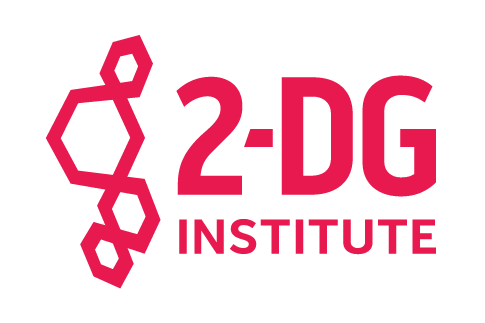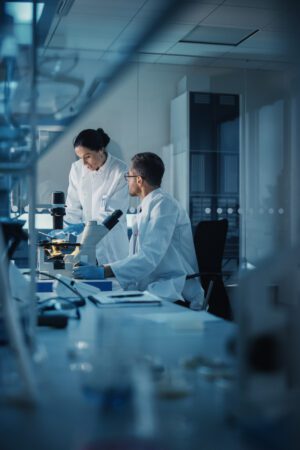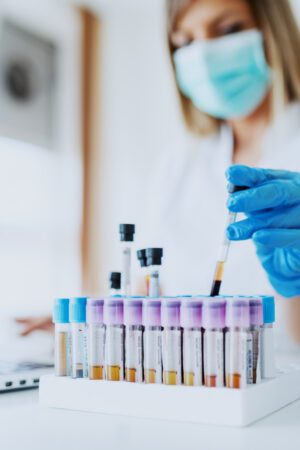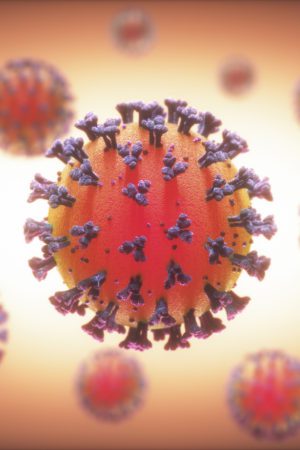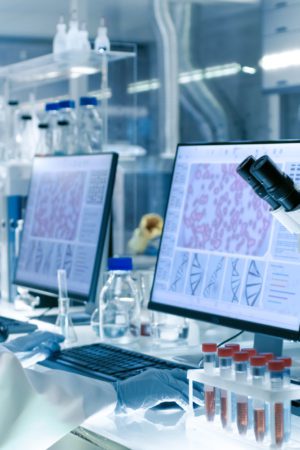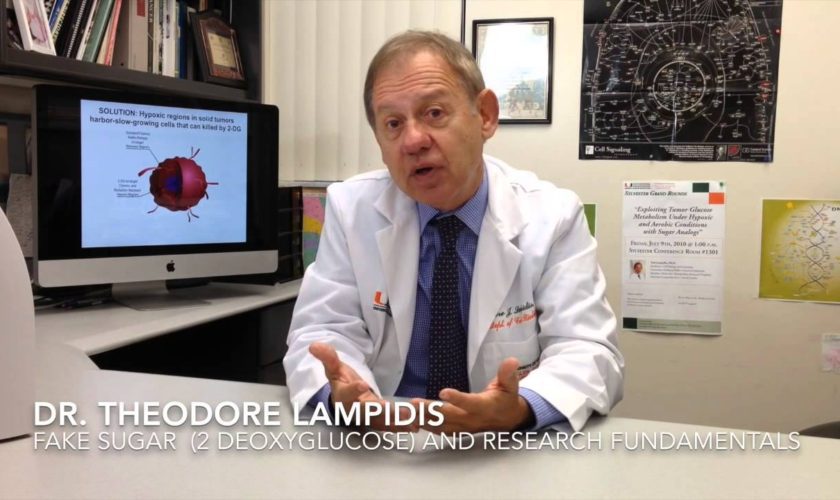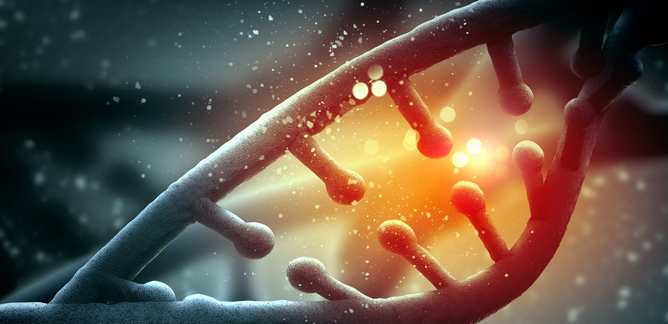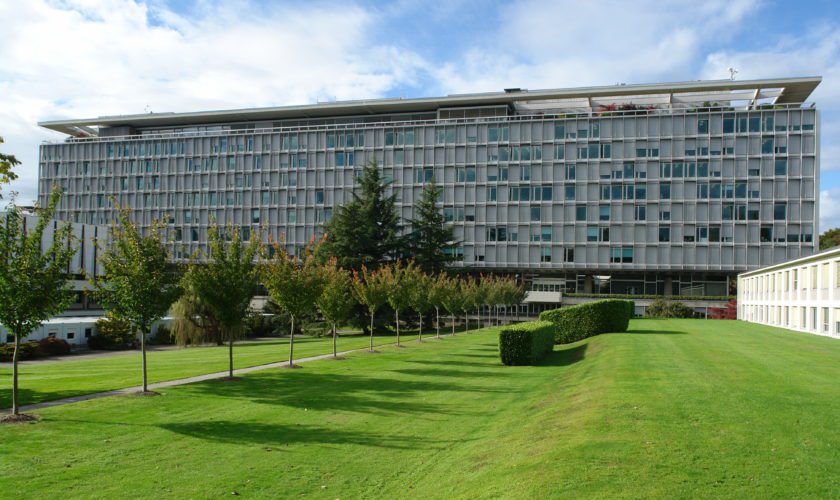Theodore J. Lampidis from Brooklyn is a man of many talents: accomplished musician, songwriter, and stand-up comedian (his friends describe him as a cross between Woody Allen and Billy Crystal). This Harvard educated research scientist is also a Professor of Cell Biology at the University of Miami Miller School of Medicine. And he could just be sitting on one of the holy grails of medicine – a universal cure for cancer.
Dr. Lampidis has published more than 100 research papers in respected scientific journals, but it is his latest review article, The Wonders of 2-DG, which is causing a stir in the scientific community and receiving rave reviews from his peers around the world. It is a distillation of his work over the last 30 years into glucose metabolism and its effect on cancerous tumors.
There is an elegant simplicity to Dr. Lampidis’ groundbreaking research which has universal appeal. He is a pioneer in exploring and exploiting the unique usage of glucose in cancer cells using a simple sugar compound called 2-Deoxyglucose (2-DG). His discovery is based on the fact that the cancer cells most resistant to chemotherapy found within the inner core of all solid tumors do not receive enough oxygen (a state known as hypoxia) and therefore must rely exclusively on sugar to survive. Dr. Lampidis hypothesized he could trick these hypoxic tumor cells by feeding them 2-DG and effectively starving them to death. This process (glycolysis) is so fundamental, it has survived a billion years of evolution dating back to a time when there was no oxygen in our atmosphere and the only source of energy that could be used to keep tiny microbes alive was sugar.
Dr. Lampidis’ eureka moment led to two consecutive five-year awards from the National Cancer Institute, which stated in the reviews of his research that “Dr. Lampidis’ work could eventually lead to cures in certain cancers.”
In addition, working in collaboration with Dr. Tim Murray, a world leading expert in the investigation and treatment of children with eye cancer (retinoblastoma), Dr. Lampidis and his colleagues have provided the first proof of principle that 2-DG targets and kills the hypoxic portion of cancerous tumor cells. According to Dr. Murray, “2-DG may turn out to be best thing to come along in this disease in the last 10 years.”
Based on Dr. Lampidis’ work, an FDA-approved Phase I clinical trial was conducted to determine the tolerable dose level of 2-DG. The results of the Phase I trial (which have recently been published) establish the safety of this drug and its remarkable effectiveness in killing cancerous tumors. The next stage is to investigate and develop the most effective combination treatments and drug delivery method before progressing to a Phase II clinical trial.
And that’s where he has hit a roadblock. The unfortunate reality is that since 2-DG cannot be patented, pharma companies are not interested in devoting their resources to bring this wonder drug to market. “If 2-DG could be patented, this drug would already be available to cancer sufferers worldwide. That’s the tragic reality,” says Lampidis ruefully.
A dedicated group of volunteers have banded together and established a not-for-profit foundation in 2013 to raise awareness for Dr Lampidis’ groundbreaking work. Their goal is to raise $10 million to accelerate the journey through clinical trials and FDA approval and bring this miracle cure to market.
“Every day, people are out there raising money to cure cancer,” says Leyan Phillips, Executive Director of the Lampidis Cancer Foundation. “The sad reality is that very little of that money ends up going to research scientists who are actually working on a cure. This is where the funding is needed the most.”
Phillips continues, “I find it shocking that some cancer foundation executives earn salaries in excess of $500,000 a year, and have advertising budgets the size of a major corporation. If Dr. Lampidis had a fraction of that funding, we would have a cure for cancer by now.”
Dr. Lampidis’ work has recently attracted support and interest from an eclectic group of celebrities, including Jose Feliciano, the virtuoso guitarist, singer and songwriter, and Mexican TV novella actress Lorena Rojas, herself a breast cancer sufferer. Rojas has been instrumental in raising awareness among the Hispanic community, where cancer has now overtaken heart disease as the single biggest killer.
According to Rojas, “What I love about Dr. Lampidis’ work is that his research offers a universal approach to treating all types of cancer. His work offers sufferers like me hope.”
He also has a fan from an unlikely source in music maestro DJ Irie, the official DJ of the Miami Heat who was recently recognized at an award ceremony in New York as NBA DJ of the Year. “Dr Lampidis rocks!” exclaims DJ Irie, who spent time last month visiting the Professor in his lab to learn more about his research. “I will do what I can to spread the word about his work.”
Whilst the University of Miami has been very supportive of his work, resources are limited due to budget cuts and reductions in federal funding from the National Institutes of Health, and from a team of five post graduate researchers in his lab he finds himself left with just one technician, who has been with him for 15 years.
Despite the lack of resources, he continues to be the global leader in his field, with his research attracting international interest and acclaim from as far afield as Spain and Japan, all inquiring about 2-DG’s availability for further clinical testing.
“Whenever we come up with an idea using 2-DG and cancer, we review the literature and find that Dr. Lampidis has already beaten us to it!” says one of his overseas colleagues who is now collaborating with Dr. Lampidis on rhabdomyosarcoma, a rare form of cancer that attacks skeletal muscle tissue.
“We’ve made such great progress over the last few years, the science is solid, and I really feel we’re on the brink of a universal treatment for cancer,” says Dr. Lampidis. “But without funding, there is a risk that cancer sufferers will be unable to access this treatment.”
“We’re hoping that a major benefactor will come along and see the opportunity to leave their mark on the world, to leave behind a legacy for mankind,” says Phillips.
As a call to action, they don’t come much more compelling than that.
